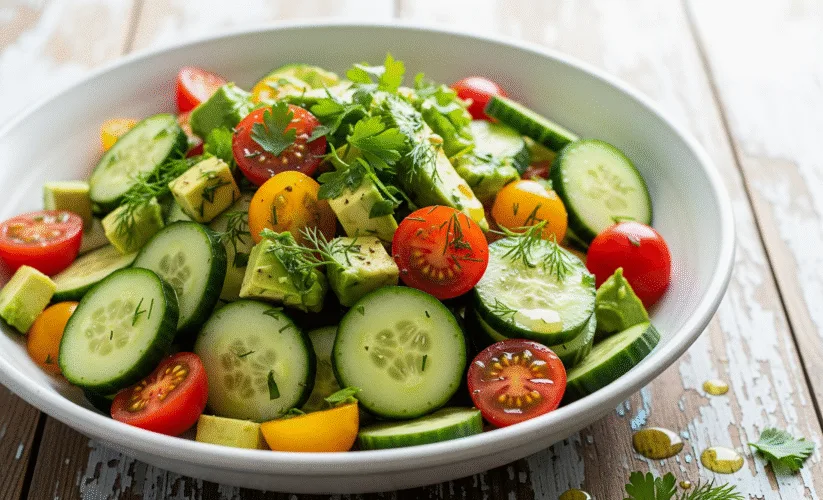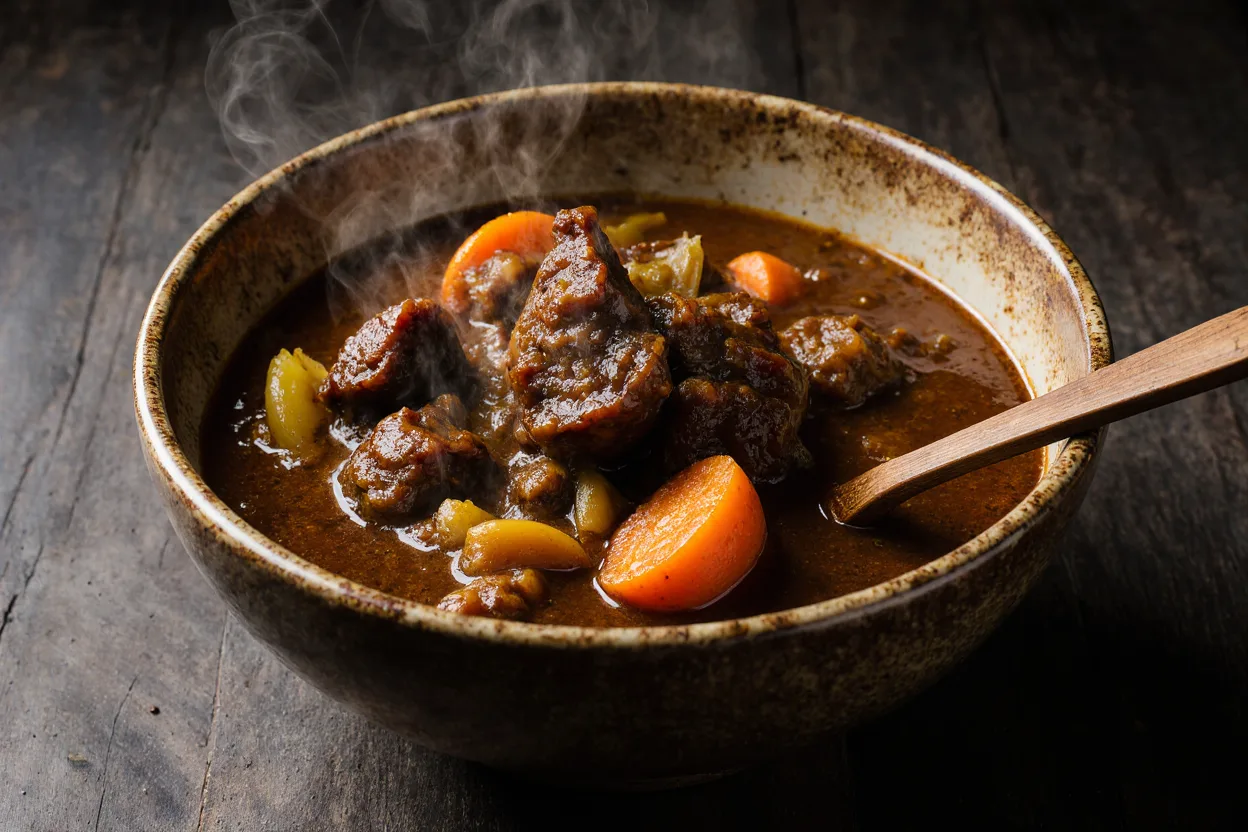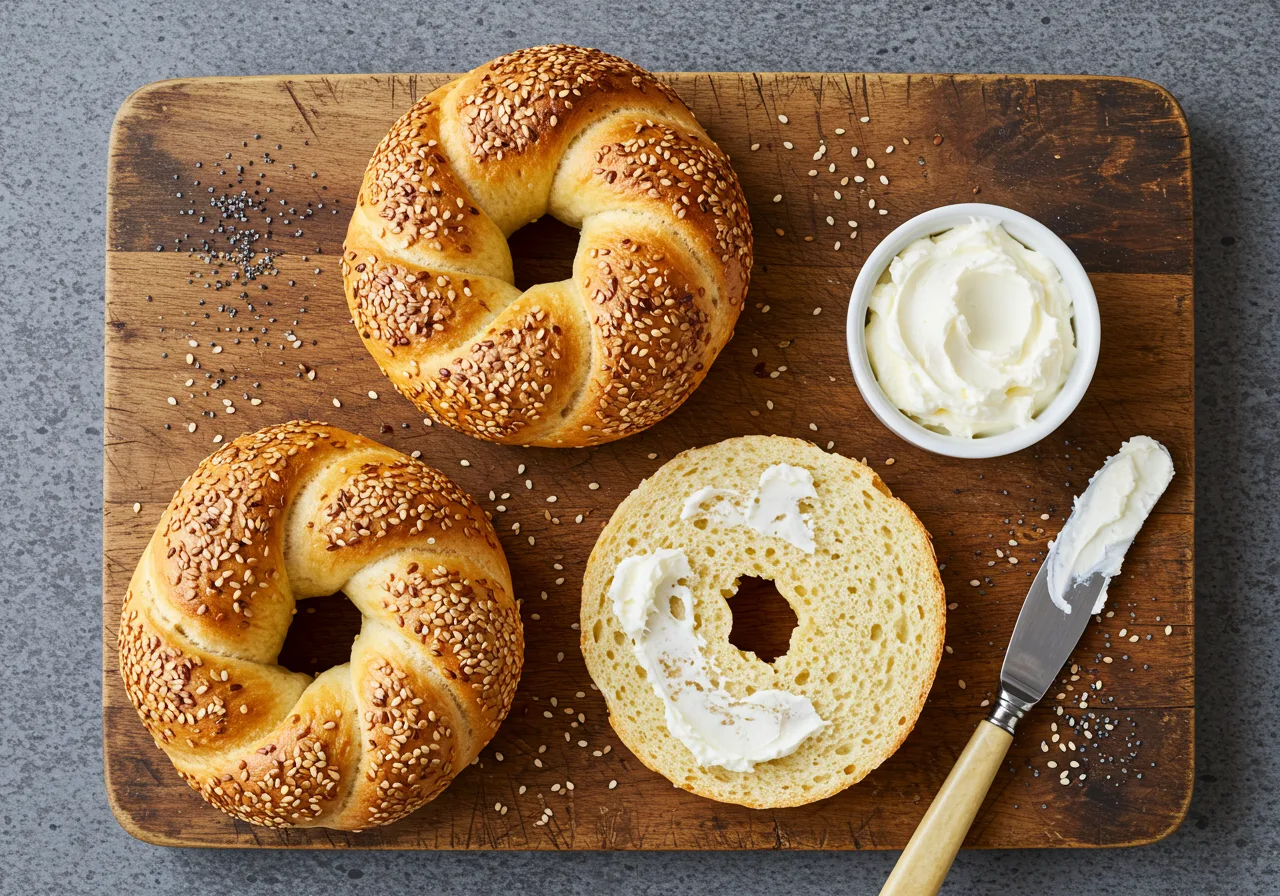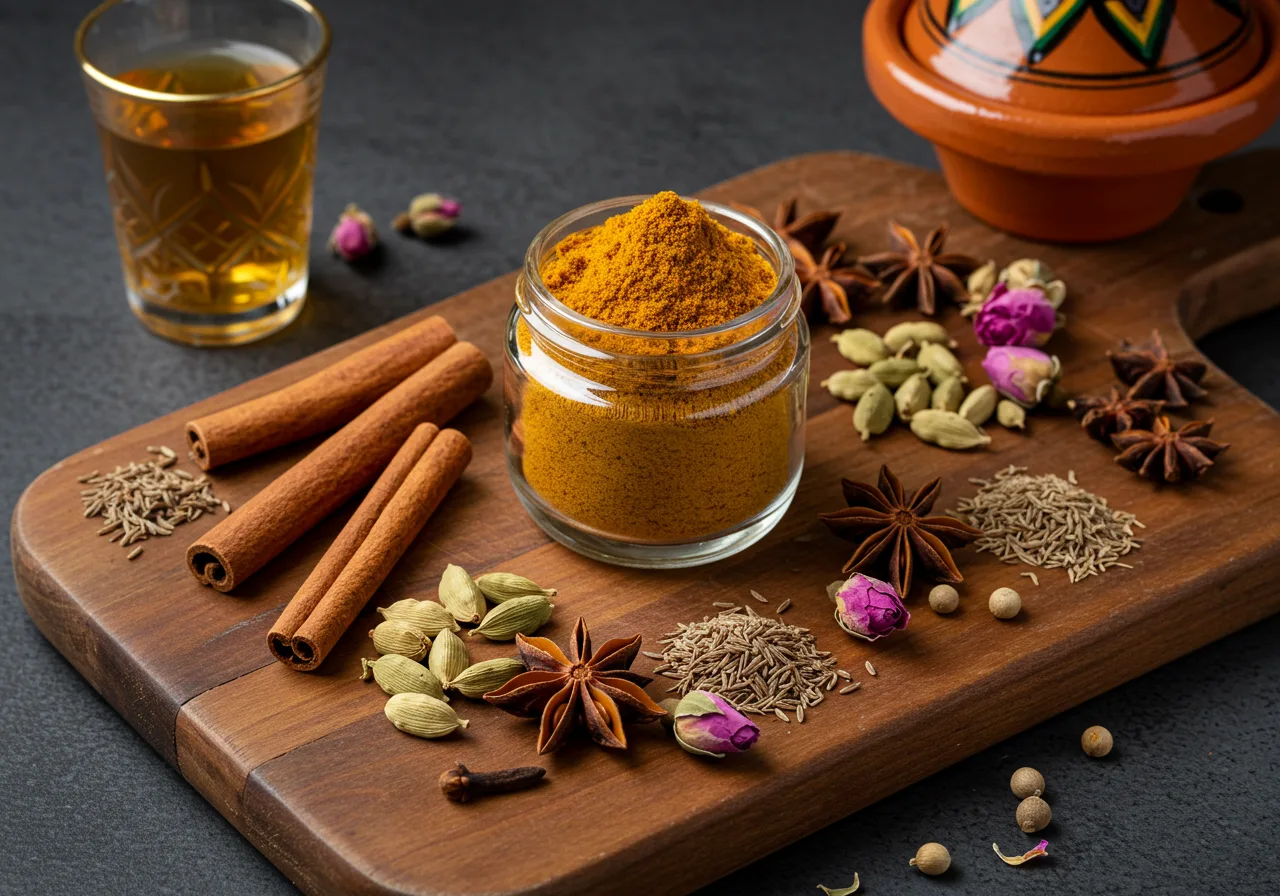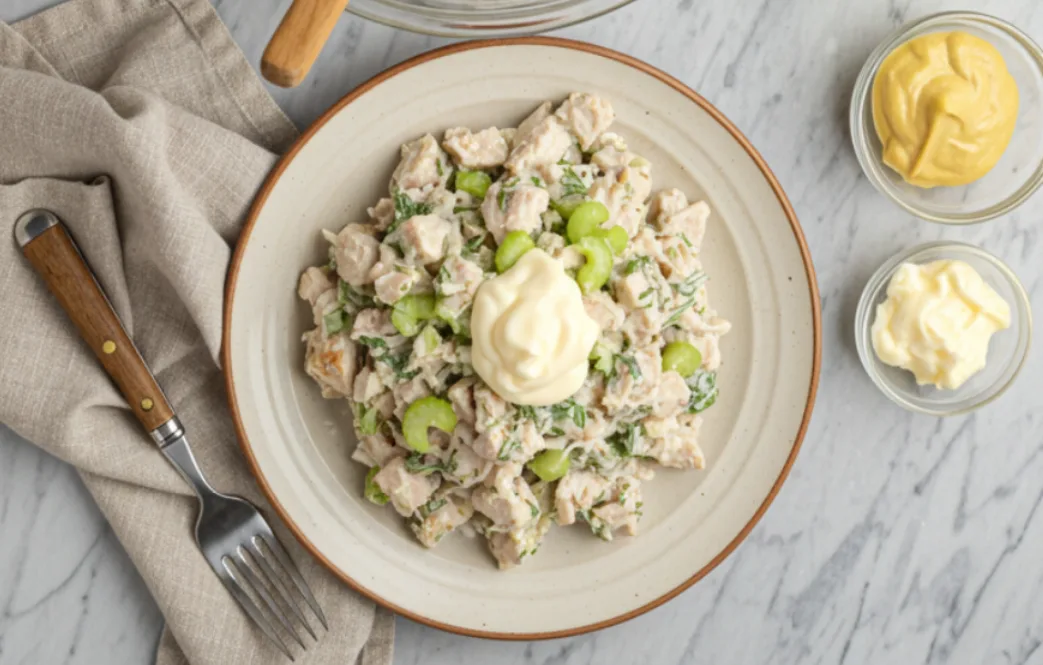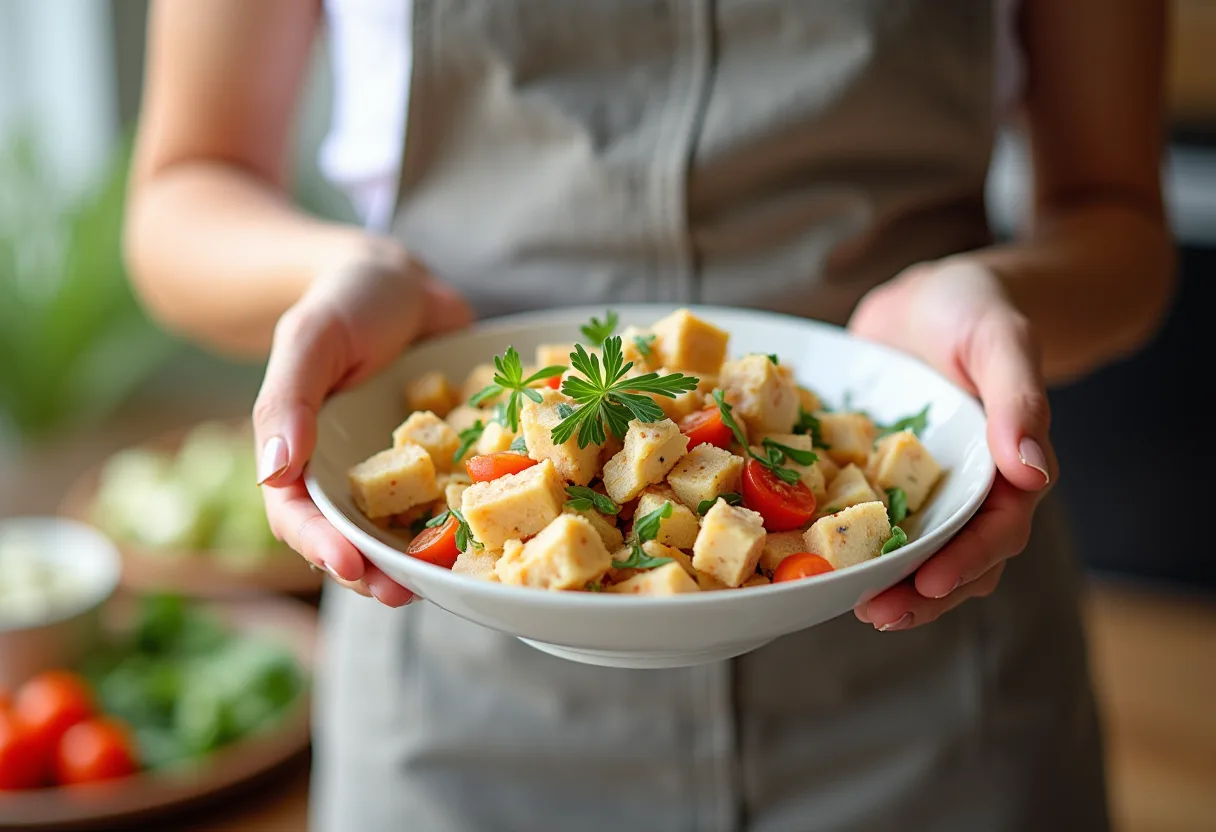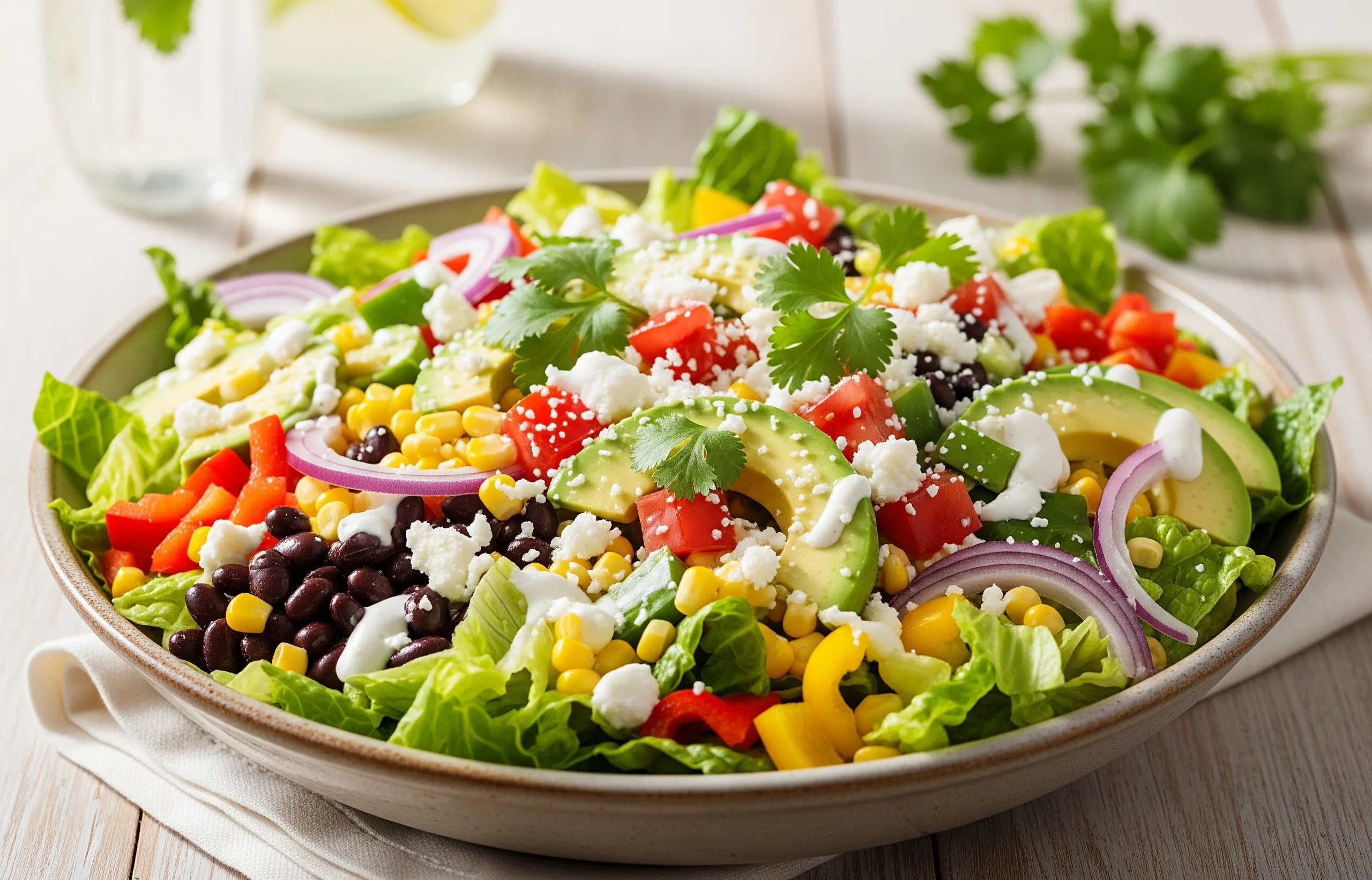Nutrition for Weight Loss: 7 Best Foods That Actually Work
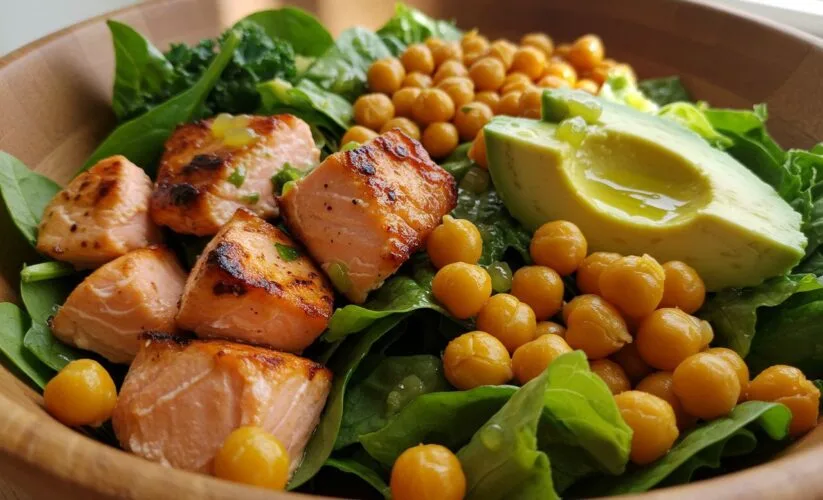

Introduction
What if you could actually enjoy the process of losing weight? In a world saturated with fad diets and quick fixes—where research from the American Psychological Association suggests that 80% of dieters regain their lost weight—it’s time to shift the focus from restriction to strategic nourishment. The true secret doesn’t lie in counting every calorie, but in choosing the right calories. This is where the power of nutrition for weight loss comes into play. By incorporating specific, science-backed foods that promote satiety, boost metabolism, and fuel your body efficiently, you can create a sustainable and effective plan for healthy weight management. Let’s dive into the seven best foods that actually work.
Table of Contents
Your “Ingredients” List: The 7 Best Foods
Think of this not as a nutrition for weight loss for a single dish, but as a recipe for your new shopping list. These are the powerhouse ingredients you’ll want to build your meals around for effective weight management.
- Salmon & Fatty Fish (The Satiety Superstar): Rich in high-quality protein and omega-3 fatty acids. Omega-3s may help reduce inflammation, which is linked to obesity and metabolic disease. Substitute with: Mackerel, sardines, or herring.
- Plain Greek Yogurt (The Metabolic Booster): Packed with protein and probiotics. A study published in the International Journal of Obesity found a link between probiotics and reduced body weight and fat percentage. Substitute with: Skyr or cottage cheese for a similar protein punch.
- Eggs (The Fullness Factor): The ultimate breakfast for satiating nutrition for weight loss. Eggs are so satisfying that studies show eating them for breakfast can lead to reduced calorie intake for the next 36 hours.
- Leafy Greens (The Volume King): Kale, spinach, and Swiss chard are extremely low in calories and carbohydrates but full of fiber. This allows you to eat a large volume, feel full, and get a mega-dose of vitamins and minerals.
- Berries (The Fiber-Rich Sweet Fix): Blueberries, strawberries, and raspberries are loaded with fiber and antioxidants. Their natural sweetness can curb sugar cravings, and their fiber content helps slow sugar absorption into the bloodstream.
- Legumes & Pulses (The Slow-Digesting Carb): Beans, lentils, and chickpeas are fantastic sources of plant-based protein and fiber. They have a very low glycemic index, meaning they provide steady, long-lasting energy and keep hunger at bay.
- Avocado (The Healthy Fat Hero): Don’t fear the fat! The monounsaturated fats in avocado promote feelings of fullness and are heart-healthy. Research in the Nutrition Journal found that adding avocado to a meal increased satisfaction and reduced the desire to eat for hours.
Timing & Integration
The beauty of this approach to nutrition for weight loss is that it requires no specific cooking time. This is about integrating these foods into your daily routine. You can start seeing benefits from day one. A study in the American Journal of Clinical Nutrition found that simply increasing protein intake to 30% of calories led to a natural reduction in calorie intake of nearly 450 calories per day—without any other deliberate restrictions. Your “prep time” is just the mindful addition of these foods to your plate.
Step-by-Step Guide to Using These Foods
Integrating these powerful foods into your diet is simpler than you think nutrition for weight loss. Here’s your actionable plan.
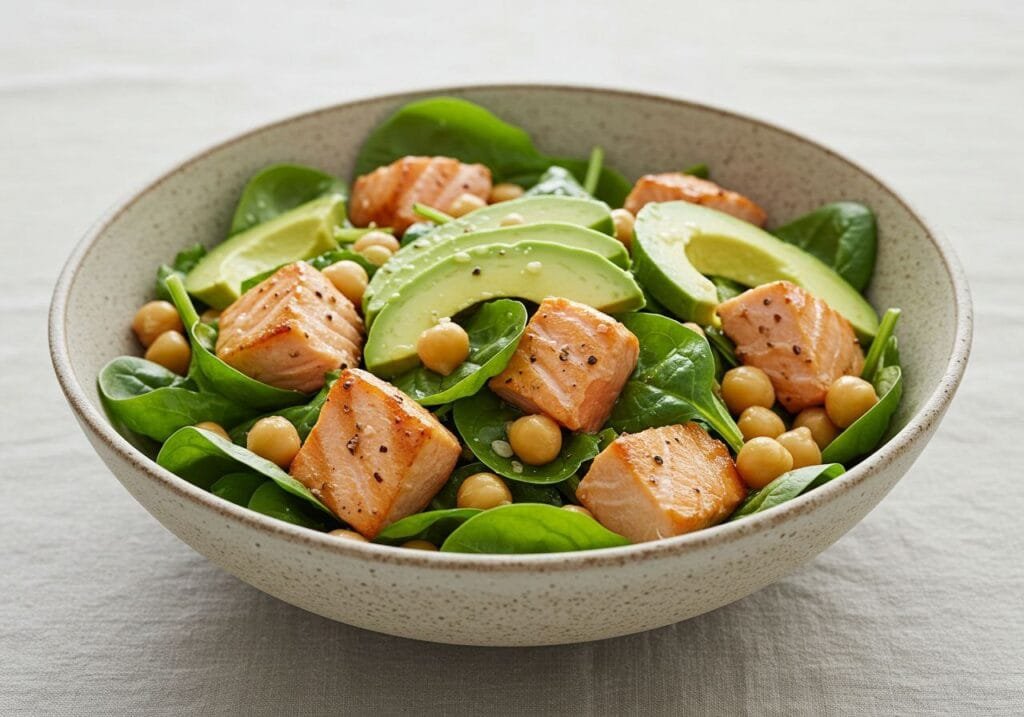

(Image Placeholder: Step 1)
Prompt for Generative AI: “A delicious and colorful salad bowl with leafy greens, grilled salmon chunks, avocado slices, and a sprinkling of chickpeas.”
Location: Before Step 1.
Step 1: Prioritize Protein at Every Meal
Start your day with Greek yogurt and berries or eggs. Add grilled chicken, fish, or a cup of lentils to your lunch salad. Ensuring you have a protein source at every meal is the single most effective strategy for controlling hunger and boosting metabolism.
Step 2: Build Meals Around Volume
Fill at least half your plate with non-starchy vegetables like leafy greens, broccoli, or bell peppers. This high-volume, low-calorie approach allows you to eat generous portions while still creating the calorie deficit needed for healthy weight loss.
Step 3: Swap Your Carbs and Fats
Instead of refined carbs (white bread, pasta), nutrition for weight loss choose fiber-rich options like legumes and berries. Instead of saturated fats (fried foods), choose healthy fats from avocado, nuts, and olive oil. These swaps stabilize your energy and keep you full.
Step 4: Don’t Fear Flavor
Use herbs, spices, lemon juice, and vinegar generously. They add incredible flavor for almost zero calories, making your nutrient-dense meals something you truly look forward to eating.
Nutritional Information & Data Insights
This approach to eating focuses on the overall nutritional quality of your diet. However, to illustrate the power of these choices, let’s compare two breakfasts:
- Breakfast A (Standard): A bowl of sugary cereal with low-fat milk. (~300 calories, 5g protein, 3g fiber)
- Breakfast B (Strategic): A cup of plain Greek yogurt with a cup of berries and a tablespoon of chia seeds. (~300 calories, 20g protein, 10g fiber)
While the calorie count is similar nutrition for weight loss, Breakfast B provides four times the protein and three times the fiber. This directly translates to greater satiety, reduced cravings, and a lower likelihood of snacking before lunch, making it a superior choice for effective weight loss nutrition.
Healthier Alternatives & Adaptations
- Vegan/Vegetarian: Focus on legumes, tofu, tempeh, and a variety of nuts and seeds to meet protein needs. Fortified plant-based yogurts can be a good option.
- Dairy-Free: Substitute Greek yogurt with coconut yogurt (choose low-sugar options) or rely more heavily on eggs, legumes, and fish for protein.
- Budget-Conscious: Canned tuna, eggs, frozen berries, and canned legumes are incredibly affordable and nutritious choices that align perfectly with this guide.
Serving Suggestions
- Power Bowl: Create a bowl with a base of leafy greens, topped with grilled salmon (or chickpeas), quinoa, avocado, and a light vinaigrette.
- Simple Swap: Instead of a creamy pasta dish, try a zucchini noodle (“zoodle”) dish with a lentil-based tomato sauce and a sprinkle of parmesan cheese.
- Smart Snacking: Keep hard-boiled eggs, single-serving Greek yogurts, or a handful of berries readily available to avoid reaching for processed snacks when hunger strikes.
Common Mistakes to Avoid
- Not Eating Enough: Severely restricting calories can crash your metabolism. The goal is a modest deficit fueled by nutrient-rich foods.
- Overlooking Liquid Calories: Sugary coffees, sodas, and even fruit juices can pack hundreds of empty calories that don’t promote satiety. Stick to water, black coffee, and herbal tea.
- Fear of All Fats: Healthy fats are crucial for hormone function and absorption of fat-soluble vitamins. Include them in moderation.
- Lack of Patience: Sustainable nutrition for weight loss is a marathon, not a sprint. Focus on how these foods make you feel—more energetic, fuller longer—and the results will follow.
Storing nutrition for weight loss Tips for Fresh Ingredients
- Leafy Greens: Wash and dry thoroughly, then store in an airtight container lined with a paper towel to absorb excess moisture.
- Berries: To prevent mold, wash them in a vinegar-water solution (1 part vinegar to 3 parts water), rinse, dry thoroughly, and store in a breathable container in the fridge.
- Fresh Herbs: Treat them like flowers! Trim the stems and place them in a glass of water in your refrigerator.
Conclusion
Ultimately, successful and sustainable weight loss is not about the latest trend; it’s about returning to the fundamentals of nutrition for weight loss. By building your diet around these seven powerful, whole foods—protein-rich options, fibrous vegetables, and healthy fats—you empower your body to manage hunger naturally, boost your metabolism, and achieve your goals without feeling deprived. This is a lifestyle shift, not a temporary diet.
Ready to transform your health? Don’t try to change everything at once. Pick one or two foods from this list to incorporate this week. Share your favorite way to enjoy them in the comments below!
For more on building healthy habits, check out our guide on Meal Prepping for Beginners
FAQs
Q: How quickly will I see results by eating these foods?
A: While everyone is different, you’ll likely notice changes in how you feel—such as increased energy and reduced cravings—within the first week. Visible weight loss of 1-2 pounds per week is considered a safe and sustainable rate.
Q: Can I still eat carbs and lose weight?
A: Absolutely. The key is choosing the right carbs. Fiber-rich carbohydrates from legumes, vegetables, and berries are essential for energy and digestion and are a core part of this list. It’s the refined carbs and sugars you should minimize.
Q: Do I need to exercise as well?
A: While nutrition for weight loss is responsible for about 80% of the results, exercise is crucial for overall health, preserving muscle mass (which burns more calories at rest), and boosting mood. A combination of both is ideal. The CDC < (External Link to High-Quality Domain) recommends at least 150 minutes of moderate-intensity activity per week.
Q: Are there any foods I should completely avoid?
A: We don’t believe in “good” or “bad” foods. The goal is to make the foods on this list the foundation of your diet. Highly processed foods, sugary drinks, and refined carbs offer little nutritional value and can hinder progress, so they are best enjoyed only occasionally.


